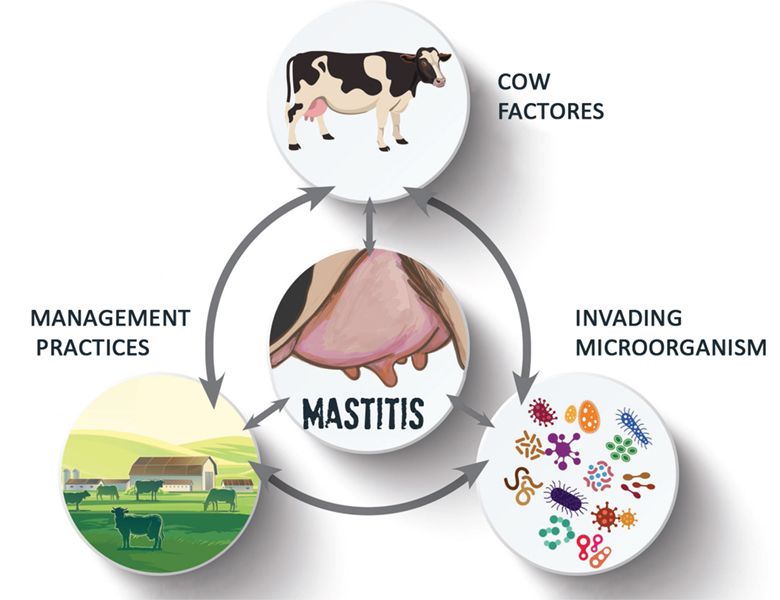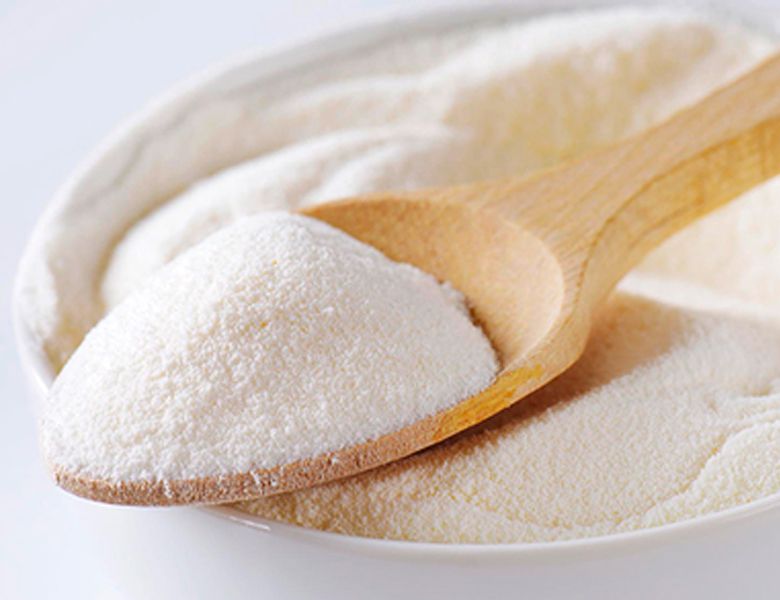Introduction of Leuconostoc Bacteria

- | آتاماد |
- Viewer: 465
Leuconostocs are heterofermentative and facultative anaerobic lactic acid bacteria (LAB) that produce various metabolites by heterolactic fermentation from sugars such as glucose, sucrose, lactose, and fructose. This bacterium is usually used in the production of fermented products such as kefir , sauerkraut, kimchi, pickles, and wine naturally, and also in dairy products with starter culture inoculation.
Leuconostoc is an important component of mesophilic cheese starter cultures due to the production of CO2 gas and flavoring compounds. By metabolizing milk sugar (lactose) and citrate, these bacteria produce compounds such as diacetyl, lactic acid, acetaldehyde, acetone, 2- and 3-butanediol, ethanol, acetate, and CO2 gas, as well as dextran (in dairy products containing sucrose). This enhances sensory properties such as texture and flavor in products such as cream, butter, and some soft and semi-hard cheeses such as Gouda and Edam cheese.
Some Leuconostoc species such as Ln. mesenteroides and Ln. lactis are very important in the fermented dairy industry because they are traditionally used in the production of butter and cream. Also, Ln. mesenteroides is a known probiotic microorganism.
Leuconostoc is the cause of the openness in cheeses made from raw milk, such as Roquefort, allowing Penicillium roqueforti to colonize in cheese. However, this phenomenon adversely affects the quality of some types of cheese. For example, milk with wild-type Leucunostoc causes blowing in soft and semi-hard cheeses such as Cremoso Argentino, a traditional Argentinean soft cheese. During the milk collection or production process, the wild type becomes a part of the milk microflora. Wild-type Leuconostoc species have high resistance to heat and survive in pasteurization conditions.
In addition, according to research, gram-positive bacteria are generally more resistant to HPH than gram-negative bacteria, suggesting a correlation between cell wall structure and high-pressure resistance. In fact, in gram-positive bacteria, the peptidoglycan layer provides a great structural strength that protects the cell from high pressure. Therefore, to overcome the contamination of milk with Leuconostoc, neither HPH nor high-temperature pasteurization leads to their total destruction. In contrast, HPH should be combined with a mild heat treatment that besides efficient microbial inactivation, could allow maximal retention of the physicochemical properties of the product.

Physiological characteristics
Leuconostoc spp. are non-sporing, non-motile, gram-positive, catalase-negative, microaerophilic (facultative anaerobic) bacterium and has spherical, oval, or coccobacillary cells occur singly or in pairs. In fact, the cell morphology varies with growth conditions, and the cells become similar to lactobacilli against glucose.
Leuconostoc species
L. m. subsp. mesenteroides, L. m. subsp. cremoris or Ln. citrovorum, Ln. lactis, and L. m. subsp. dextranicum are regular components that produce aroma and flavor used in fermented products production.
Optimal growing conditions
Leuconostoc belongs to the category of mesophiles and can survive in temperatures of 10-30°C, but the optimal growing temperature is 30°C. Although this bacterium grows best at pH 5.5, it can maintain its activity at pH 4.5-7.
References:
- Kot W, Neve H, Heller KJ, Vogensen FK. Bacteriophages of leuconostoc, oenococcus, and weissella. Front Microbiol. 2014 Apr 28;5:186. doi: 10.3389/fmicb.2014.00186
- Guglielmotti DM, Patrignani F, Lanciotti R, Guerzoni ME, Reinheimer JA, Quiberoni A. High pressure homogenization versus heat treatment: effect on survival, growth, and metabolism of dairy Leuconostoc strains. J Food Prot. 2012 Sep;75(9):1634-41. doi: 10.4315/0362-028X.JFP-12-013
- Özcan, E., Özcan, E., Özcan, E., Selvi̇, S.S., Nikerel, E., Teusink, B., Oner, E.T., & Çakır, T. A genome scale metabolic network of the aroma bacterium Leuconostoc mesenteroides subsp. cremoris. Applied Microbiology and Biotechnology, (2019). 103, 3153-3165. doi:10.1007/s00253 019-09630-4
GET IN TOUCH
Copyright © 2023 Atamad.com All right reserved
Website design and SEO services by Seohama team – Web hosting by Sarverhama
Copyright © 2023 Atamad.com All right reserved
Website design and SEO services by Seohama team – Web hosting by Sarverhama








